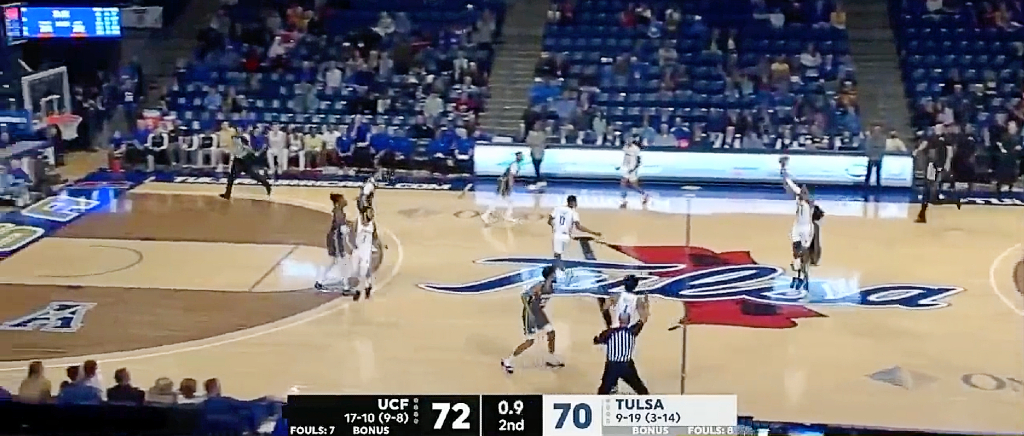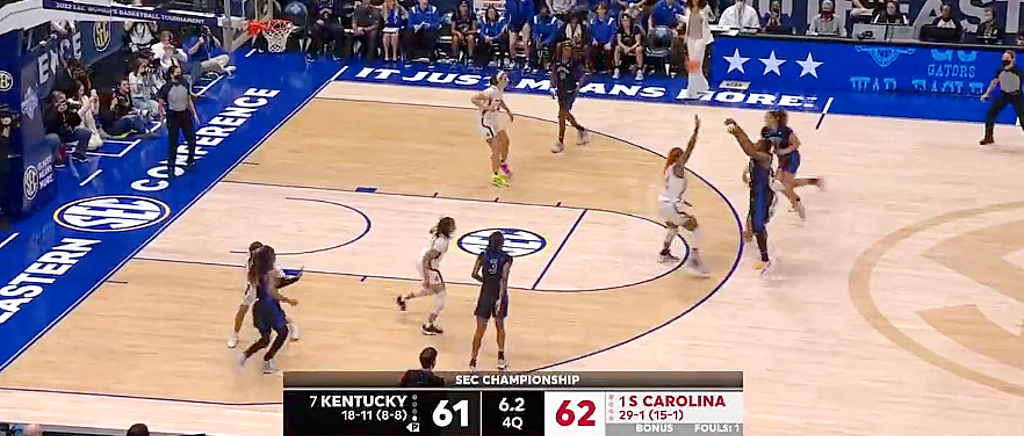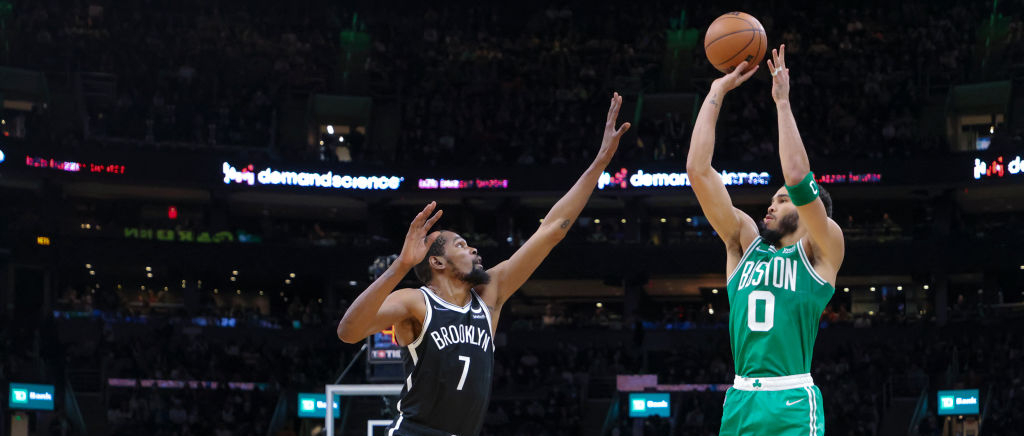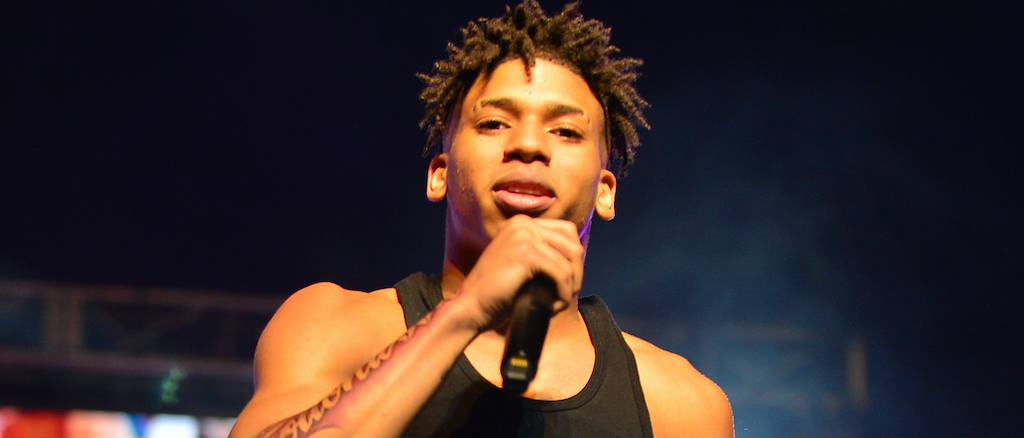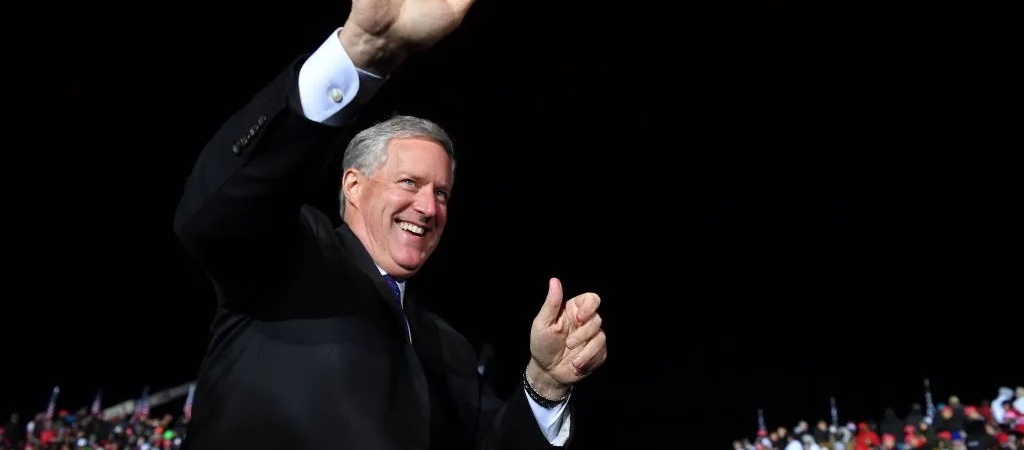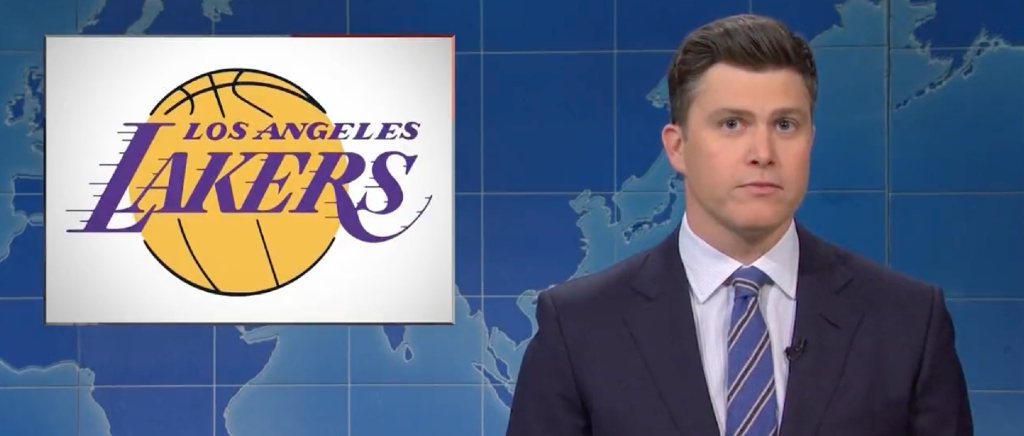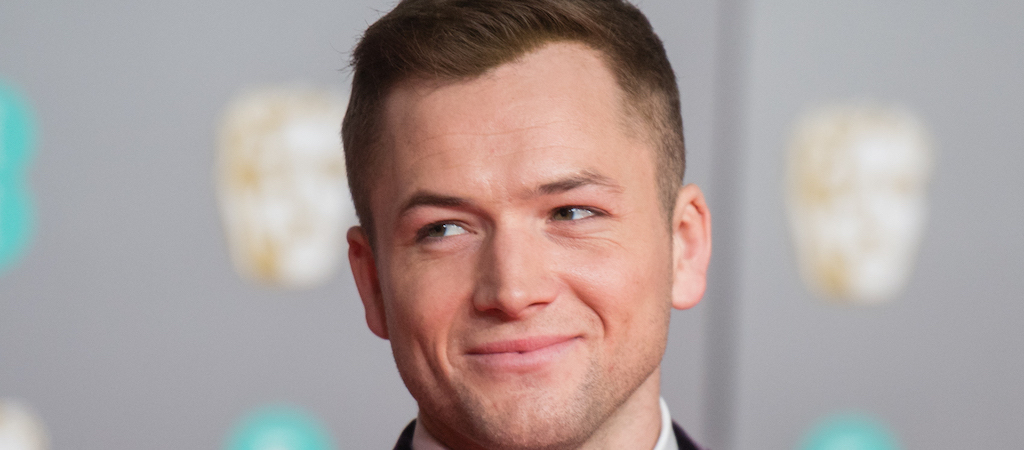
Taron Egerton had a rocky start to his latest stage appearance. The Rocketman and Kingsman actor (who was AWOL for the latter’s recent prequel) is currently starring in the play Cock in London’s West End. But on its first night, he collapsed towards the end of the show, leading to him being quickly replaced for the remainder. But don’t worry: He says he’s doing fine.
It’s not been revealed what caused the incident, but on Saturday night at Ambassadors Theatre in London, Egerton suddenly fell on stage. According to The Independent, a doctor who was among the audience rushed forth to help. Only 15 mintues remained in the night’s performance, and after a hiatus Edgerton was replaced by his understudy, Joel Harper-Jackson.
After a 40-minute break, Edgerton said he felt “absolutely fine.” On Sunday, the actor took to Instagram to offer elaboration and assurance.
“As some of you may have heard, I passed out during the first performance of COCK last night,” Egerton posted in his Instagram stories. “I am completely fine. Slightly sore neck and a bruised ego but I’m fine. I’ve decided to put a positive spin on it and I would appreciate it if anyone who was in the theatre last night just said that I gave such a committed, electrifying performance that my body couldn’t handle it and checked out.”
He added, “That being said, apparently you’re meant to actually do the full show and not just three quarters of it. So I’ll be back with a vengeance tomorrow night.”
The plot of Cock, written by Mike Bartlett, goes like this, as per Entertainment Weekly:
Bartlett’s Cock centers on a gay man named John (Bridgerton’s Jonathan Bailey) who grapples with his sexuality after he meets and falls in love with a woman (Jade Anouka), upending his relationship with his longtime boyfriend (Egerton). Opening night is set for March 15, with a limited run scheduled through June 4.
(Via The Independent and EW)

